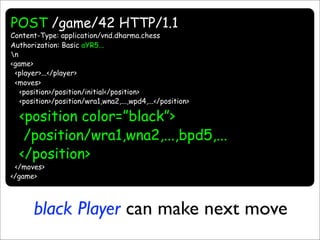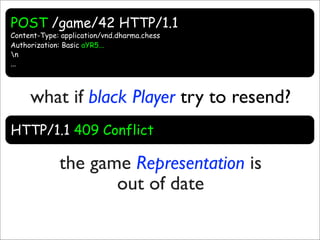REST e Resource Oriented Architectures
3 likes533 views
The document discusses Representational State Transfer (REST) as an architectural style for web services, emphasizing its principles and how to design RESTful services through resource identification, URI design, and the uniform interface. It highlights the differences between REST and other architectural models, the importance of stateless interactions, and the potential for building applications that are discoverable, testable, and scalable. Through examples, it illustrates how REST applies to a chess game scenario and asserts the relevance of REST in modern web development.
1 of 77
Downloaded 46 times













































































More Related Content
Similar to REST e Resource Oriented Architectures (20)
More from GrUSP (10)
Ad
Recently uploaded (20)
PPTX
Securing Model Context Protocol with Keycloak: AuthN/AuthZ for MCP ServersHitachi, Ltd. OSS Solution Center.Securing Model Context Protocol with Keycloak: AuthN/AuthZ for MCP ServersHitachi, Ltd. OSS Solution Center.
Ad
